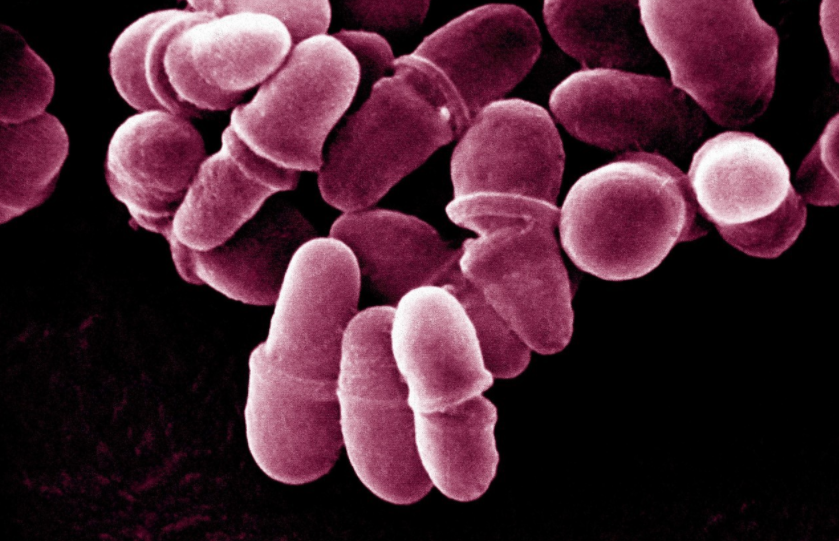
Scientists at the Institute for Integrated Cell Materials Science (iCeMS) at Kyoto University in Japan have designed a new chip that preserves different cell types in tiny interconnected chambers. The integrated Entero-liver chip (iGLC) will allow scientists to better understand the physiological and disease interactions between organs. Improve understanding of non-alcoholic fatty liver disease (NAFLD).

NAFLD affects a significant proportion of the population, but no effective treatment has been established. This is because NAFLD is quite complex and involves a wide range of interactions within and between the gut and liver, known as the intestine-liver axis. And because there are differences between species, it is difficult to model these interactions using animals such as mice. Importantly, the platform also has two functions: one that prevents the chip from absorbing fat molecules that might interfere with the experiment; The other promotes cell growth.

The researchers developed their iGLC platform by placing cells from liver cancer cell lines and intestinal cancer cell lines in different chambers. The chambers are connected by tiny fluid channels with valves that open and close. The platform also includes pumps for pushing fluid between chambers, allowing liquid media to pass through the two chambers while keeping cells separate, mimicking the circulation between the human gut and liver. Such platforms can also introduce new substances, such as free fatty acids, to test their effects on two interacting "organs".
Intestinal and liver cells cultured on the iGLC platform showed significant changes in gene expression compared to the same cells cultured alone. The researchers also recorded specific changes that occurred in the cells one or seven days after the introduction of the free fatty acids. One day of free fatty acids causes DNA damage within cells to begin, and seven days of circulating free fatty acids causes them to accumulate in cells so that DNA damage leads to cell death, similar to cases of severe NAFLD.
